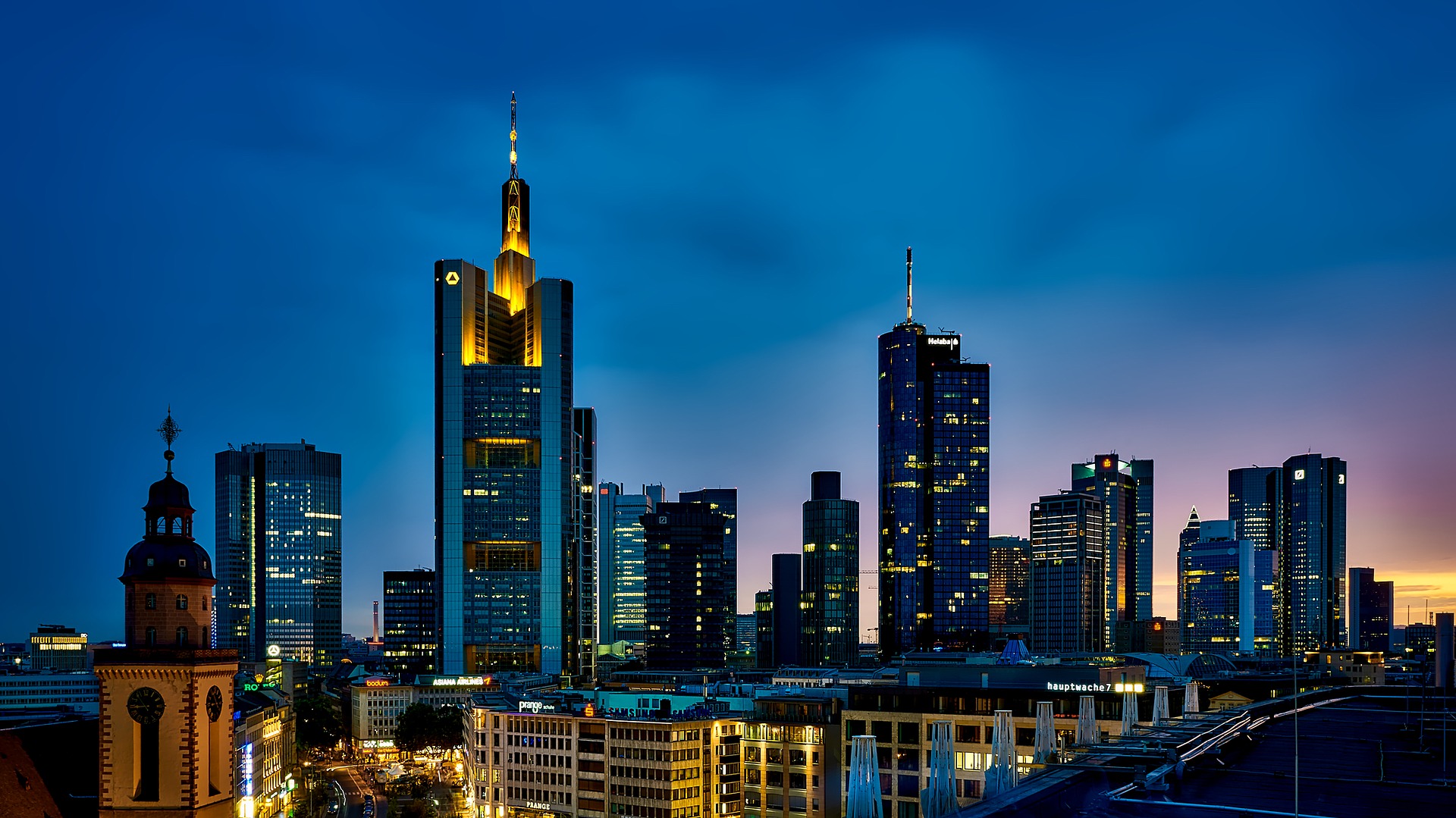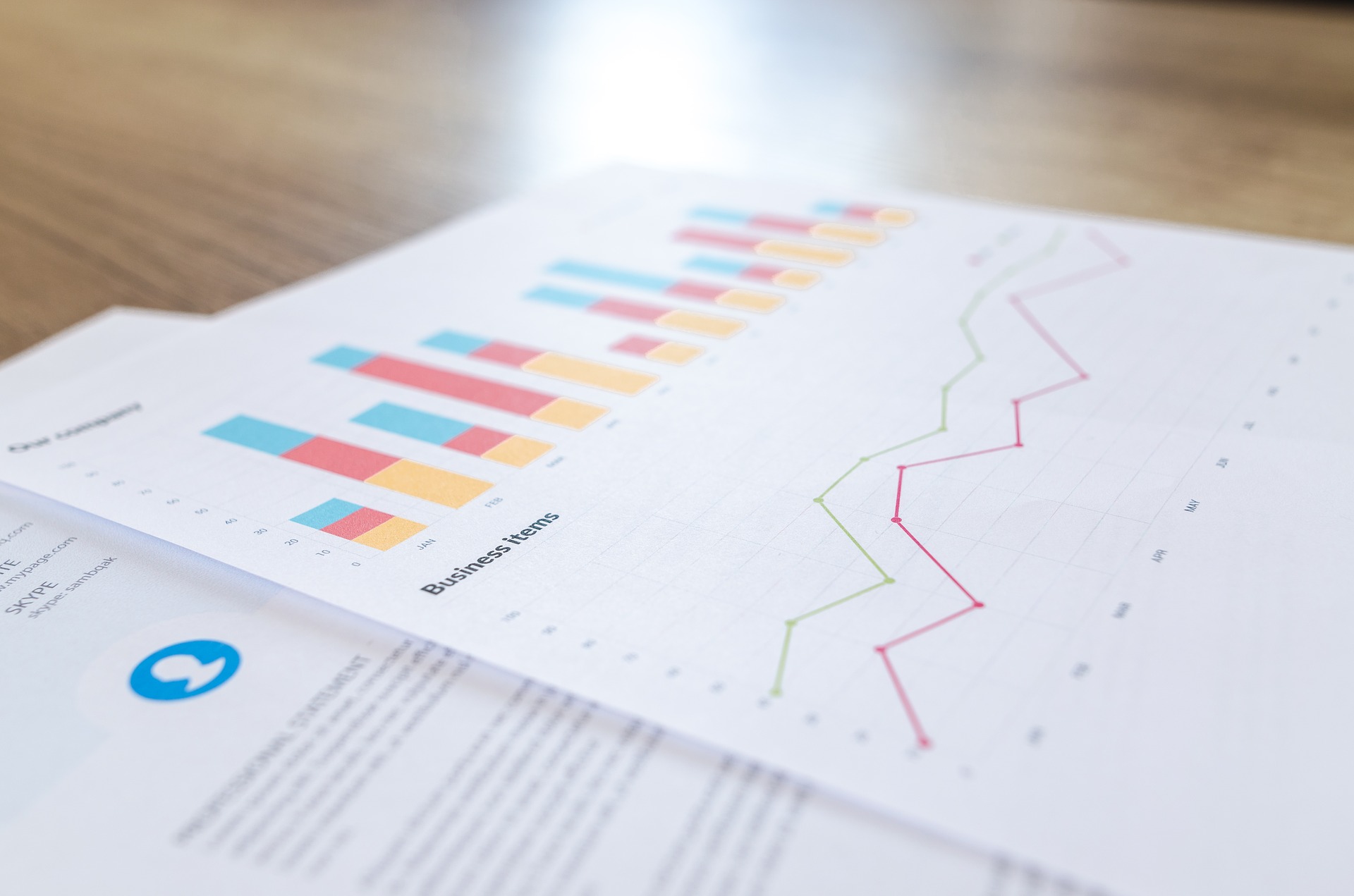China’s CPI hits a two-year high of 2.7% in July, but PPI edges down
China's consumer price index (CPI), a main gauge of inflation, hit a two-year high of 2.7 percent year-on-year growth in July amid steady food price rises and seasonable factors, the National Bureau of Statistics (NBS) said on Aug. 10.
However, market analysts said the country’s CPI is expected to come within the 3-percent annual growth target, thanks to continuous production resumption and the expected bumper farm harvest.
The country’s CPI rose 2.7 percent year-on-year in July, expanding from 2.5 percent in June, the bureau reported. Though lower than most analysts’ forecast of 2.9 percent growth, last month’s figure is the highest since July 2020.
The increase on a year-on-year basis was mainly due to steep food price rises, including pork and vegetables. Food prices rose 6.3 percent year-on-year in July, contributing 1.12 percentage points to the monthly CPI increase, according to Dong Lijuan, a statistician from the NBS.
In July, pork price rose 20.2 percent year-on-year, reversing a drop of 6 percent in June. Prices of fruits and vegetables rose by 16.9 percent and 12.9 percent year-on-year, respectively, NBS said.
China’s consumer prices are expected to maintain at a moderate level throughout the second half of the year, Zhou Maohua, a macroeconomic analyst at Everbright Bank, told the Global Times.
“The country has seen a bumper agricultural harvest for years, with ample supply of fruit and vegetables and other daily necessities, whereas the authorities have come up with a wide range of stimulus measures to stabilize domestic energy prices,” he said, noting that domestic pork production has returned to normal.
China will likely see its CPI remain within a reasonable range in the coming months, and is capable of controlling inflation within the 3-percent annual growth target, despite the fallout of COVID-19 resurgences and the Russia-Ukraine conflict, Wan Jinsong, director of the Price Department at the National Development and Reform Commission (NDRC), said at a recent press conference.
It’s worth noting that the producer price index (PPI), a main gauge of factory prices, decelerated in July after hovering at a relatively high level for eight months. The PPI rose 4.2 percent year-on-year last month, down from 6.1 percent rise registered for June, according to the NBS.
The prices of industrial products are broadly dropping due to a variety of internal and external factors. For example, prices across the coal mining sector rose 20.7 percent year-on-year in July, down 10.7 percentage points from the previous month, while petroleum and natural gas exploration rose 43.9 percent year-on-year, down 10.5 percentage points from June, NBS data revealed.




















































First, please LoginComment After ~